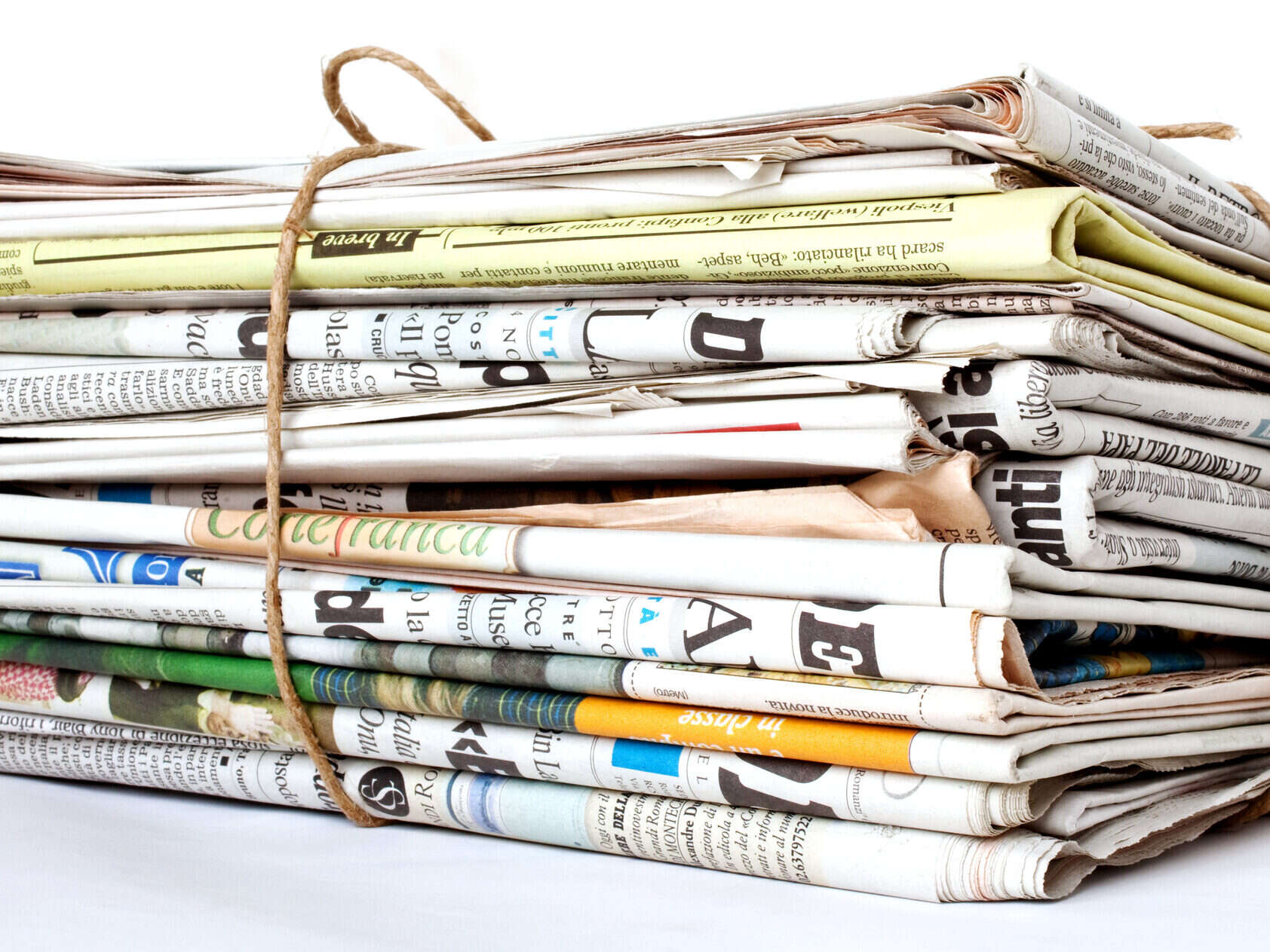
The US’ digital news market is diverse, while a smaller number of big names control the print market, according to a Press Gazette analysis.
Relative digital diversity
Our analysis of the number of visits to the top 50 news sites in the US in October found that only three news owners each had more than 10% of total visits, while only eight had a more than 3% share, according to data from Similarweb. This contrasts with the UK where just two publishers – Reach and the BBC – account for half of all visits to the top 50 news sites.
Rupert Murdoch’s News Corp, whose sites include foxnews.com and nypost.com, accounted for the single largest share – 12% (425 million) of the combined 3.5 billion visits to the leading 50 sites in October. The next largest share of visits (11% – 364 million) were to sites owned by telecommunications giant AT&T, parent company of CNN owner Turner Broadcasting.
Reflecting the digital market's diversity, 40% of visits were to sites owned by companies and individuals which each took less than a 3% share of visits. Among this diverse group are the Church of Jesus Christ of Latter-day Saints, which owns local Utah broadcaster KSL, Axel Springer which owns Business Insider and Politico and New Media Investment Group, which controls USA Today through its control of Gannett.
For a number of smaller sites in the US top 50, ownership was unclear. Among them were entertainment site gazillions.com, general news site standardnews.com and right-wing news source the epochtimes.com which has been linked to Chinese religious movement Falun Gong.
When it comes to type of ownership across the media more broadly (print, digital and broadcast) analysis of Harvard University's mainstream media index which includes both parent companies (like Gannett, Sinclair, NPR) and standalone titles (like The Atlantic, The Boston Globe) in print, digital and broadcast, suggests that although the single-largest group of mainstream media sources are publicly traded companies (39%). A significant number however are not-for-profit (27%). Among these are liberal radio and digital network NPR and news agency, AP, founded as an independent news cooperative.
Print - dominance of the big chains
That there's a crisis facing America's newspapers, particularly local news, is well-known. Since 2005, some 2,200 local newspapers across the US have closed. Even the big players - some of which have nonetheless managed to turn a failing print business into a thriving digital one - have lost circulation. (A Press Gazette analysis earlier this year found that America’s top 25 largest newspapers have lost 20% of their weekday print circulation since the Covid-19 crisis began).
In the face of shrinking revenue, consolidation has been the name of the game and newspaper ownership remains highly concentrated. Newspaper chains are bigger than ever and transactions between publishers have surged in the last decade.
Recent research by the Financial Times revealed that half of US daily newspapers are now controlled by private equity, hedge funds and other investment groups. In 2019, Gannett, the US’s largest newspaper publisher (measured by daily circulation) was acquired by New Media Investment Group run by asset manager Fortress Investment Group. New York-based hedge fund Alden Capital meanwhile has made many headlines thanks to its practice of buying up struggling newsrooms and in the view of some “gutting” them to help them turn a profit.
Data from the Alliance for Audited Media (AAM) shows that in the six months to March 2021 (the latest period for which AAM has a complete data) just three parent companies had average circulations of over 1 million - with Gannett's circulation 3.5 times that of its nearest competitor (Alden Global-owned NewsMedia Group).
When it comes to state level, that concentration is starker in some states than others. Our analysis suggests that in many states the vast majority of dailies are controlled by what Harvard Researcher, Heidi Legg identifies as one of the “big owners of dailies”. (Alden Global Capital's acquisition this summer of Tribune and its recent bid for Lee Enterprises means that the Big 7 originally identified by Legg may soon be a Big 5).
Merging the Harvard Future of Media list of dailies with data from AMA and University of North Carolina's News Deserts project to estimate the number of dailies per state, we found that in New Jersey an estimated 90% of titles are controlled by one of the major daily publishers. In Connecticut this is 81% and in California 61%. In some mid-West states however, analysis suggests that the proportion is lower - at under 20%. It should be noted that as the number of daily papers in the US changes our shares are estimates based on combining various datasets produced in the last two years that could vary in what they include as dailies.
Revenue - a few big winners
Given the drive to consolidation, it’s no surprise that the names that dominate newspaper circulation dominate revenue (print and digital). Taking the combined revenue of 26 leading publishing chains among them Gannett/Gatehouse, Advance Publications, Digital First and the New York Times we found that the largest players scoop up the lion’s share of earnings. Although not all companies separate out print and digital revenue from earnings from other media activities, a ballpark estimate using the data available suggests that the five biggest companies in the newspaper space take up to three quarters of the revenues earned by the group of 26.
Email pged@pressgazette.co.uk to point out mistakes, provide story tips or send in a letter for publication on our "Letters Page" blog
